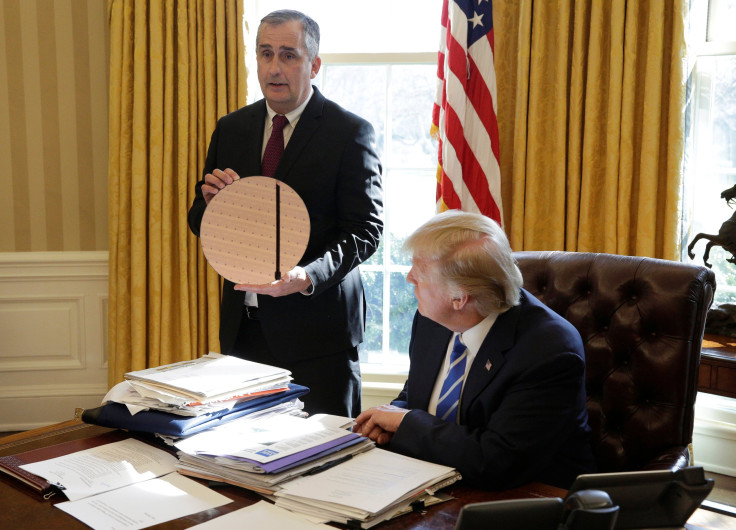What Kind Of President Is Donald Trump? He Prefers Maps To Words In Intelligence Briefings

President Donald Trump is very particular about his intelligence briefings. National Security Council staff members were advised the briefings should be no more than a single page and should include graphics, maps and bullet points.
“The president likes maps,” one official told The New York Times.
The week of Trump’s inauguration, he mentioned he also wanted short briefings intermixed with bullet points.
“I like bullets or I like as little as possible,” he said in an interview with Axios. “I don’t need, you know, 200-page reports on something that can be handled on a page. That I can tell you.”
It was not immediately clear how many words can fit on a single page that includes bullets, graphics and maps. However, the former "Apprentice" host said in a Fox interview in December he would “get it when I need it,” adding: “I don’t have to be told — you know, I’m, like, a smart person. I don’t have to be told the same thing and the same words every single day for the next eight years. It could be eight years — but eight years. I don’t need that.
“But if they’re going to come in and tell me the exact same thing that they told me, you know, that doesn’t change necessarily. There might be times where it might change. I mean, there will be some very fluid situations. I’ll be there not every day but more than that.”
Bottom line: Every president has preferences. President Obama and Bill Clinton liked to read daily intelligence briefings and pose follow-up questions in writing while George W. Bush, preferred oral reports from intelligence professionals, MSNBC reported. And Trump likes his briefing to be short with visuals.
“But I don’t need to be told the same thing every day, every morning, same words. ‘Sir, nothing has changed. Let’s go over it again.’ I don’t need that," Trump said.
© Copyright IBTimes 2024. All rights reserved.





















